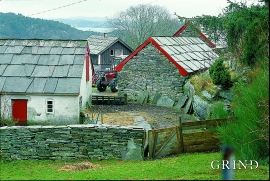
Einstapevoll- slates
“On the country of Wallestrand…the rock almost everywhere appears to be of a slate-like substance, be it at the seashore, on the farms or in their distant fields”.
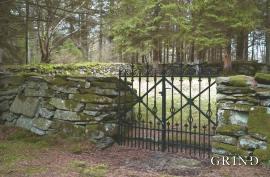
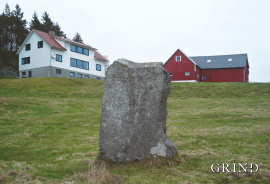


Ringheim
The farm Ringheim by Lundarvatnet is amongst the largest in Voss. It is divided into eight units and four cadastral numbers: Store Ringheim, Indre Ringheim, Nedre Ringheim and Vetle Ringheim. The farm Lund, from which Lundarvatnet takes its name, must have been a part of Ringheim, and the farms Gjerde and Tròdo (Trå) must formerly have been separated from Ringheim. The name Ringheim indicates that it stems from early times.
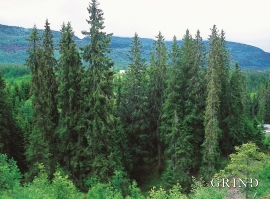
Vossagran
How did the spruce tree get to Voss? Did the seed or small spruce plants get help from people, for example, to make it here unscathed? Nobody knows.
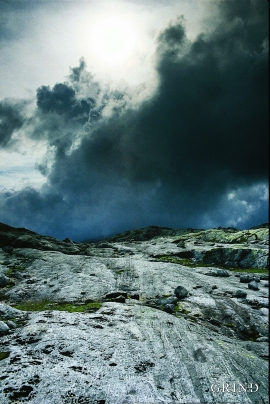
The Precambrian Era and Precambrian basement rocks
Almost nothing is as solid, unchangeable and stable as the Norwegian Precambrian basement rocks. Here, there are no volcanic eruptions or violent earthquakes that can cause natural catastrophes. But, it has not always been that way! There have been periods when glowing hot lava flowed over it or when large parts of the Precambrian basement have "taken a beating", both in Precambrian times and during the Caledonian mountain-building event.

Hordaland as high as the Himalayas- the Caledonian mountain chain
The Himalaya Mountain Chain is being formed by the Indian continental plate colliding w the Asian continent. This happens because the earth’s continental plates are constantly moving in relation to each other. Sometimes they crash together and form large collision zones or mountain chains. The collision between India and the Asian continent has created the world's highest mountain and thickest continental crust. But the creation of the Himalaya mountain chain is essentially just a repeat of what happened more than 400 million years ago when Western Norway and Greenland collided and formed the Caledonian mountain range. That mountain-building event caused quite dramatic changes in topography, climate and crustal thickness, and resulted in both volcanism and a lot of earthquake activity. In addition,
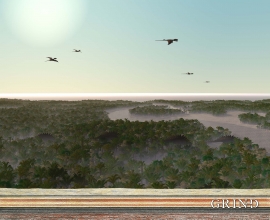
The mountain chain disappears – and the dinosaurs arrive!
The Caledonian mountain chain is an example of how plate movements and continental drift can cause collisions and the upheaval of huge mountain chains. After the horizontal compressional forces ceased, the forces of gravity, wind and water took over and started the process of eroding away the mountain chain. But, nearer to our time the land rose up again to a plateau landscape in the east which slanted down toward the ocean in the west!
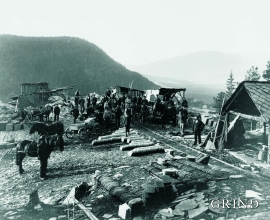
Stone quarry in Hordaland
Hordaland has been through several "Stone Ages". The first was in the real Stone Age, with Bømlo as its centre. Hard stone as tools and weapons was the normal occupation for Bømlo folk. The next started a ways into the 1800s. Building stone and cobblestones in the street became popular in cities throughout the country. The last stone age is just about twenty years old - after a long period of dominance by asphalt and cement, natural stone has again become desirable in streets and squares, in roads and as building facades.


